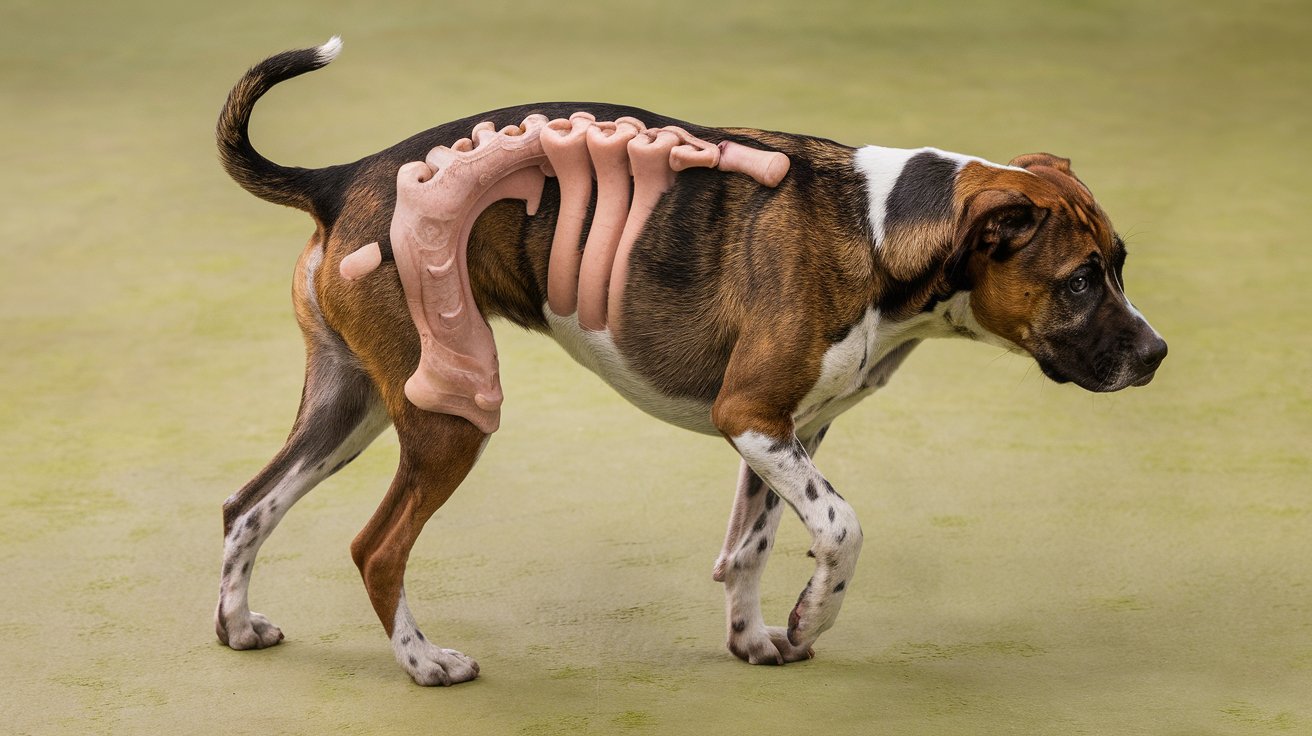
Boomerang dysplasia is a rare and severe skeletal disorder that affects bone development throughout the body. Named for the distinctive "boomerang" shape of the upper leg bones (femurs), this condition is caused by mutations in the FLNB gene. Affected individuals often have clubfeet, dislocated joints, and underdeveloped or missing bones in the spine, rib cage, pelvis, and limbs. These abnormalities lead to very short arms and legs. Sadly, boomerang dysplasia is usually perinatal lethal, meaning it often results in stillbirth or death shortly after birth due to respiratory failure. Understanding this disorder is crucial for early diagnosis and informed decision-making.
What is Boomerang Dysplasia?
Boomerang dysplasia is a rare and severe skeletal disorder. It affects bone development throughout the body, leading to significant abnormalities. Here are some key facts about this condition:
-
Definition and Prevalence: Boomerang dysplasia is a rare disorder affecting bone development. Its exact prevalence is unknown, but approximately 10 affected individuals have been identified.
-
Causes: The condition is caused by mutations in the FLNB gene. This gene provides instructions for making a protein called filamin B, crucial for building the cytoskeleton.
-
Protein Function: Filamin B attaches to another protein called actin. It helps form the branching network of filaments that make up the cytoskeleton, linking actin to many other proteins.
How is Boomerang Dysplasia Inherited?
Understanding the inheritance pattern of boomerang dysplasia can help families grasp the genetic risks involved.
-
Inheritance Pattern: Boomerang dysplasia is inherited in an autosomal dominant pattern. One copy of the altered gene in each cell is sufficient to cause the disorder.
-
Spontaneous Mutations: Most cases result from new mutations in the gene. They occur in people with no history of the disorder in their family.
-
Autosomal Dominant Inheritance: Although most cases are sporadic, some instances show the condition inherited in an autosomal dominant pattern.
Symptoms and Physical Characteristics
The symptoms of boomerang dysplasia are severe and often visible at birth. Here are some of the key symptoms:
-
Symptoms: Affected individuals are born with inward- and upward-turning feet (clubfeet). They also have dislocations of the hips, knees, and elbows.
-
Additional Anomalies: Some individuals have a sac-like protrusion of the brain (encephalocele) and an opening in the wall of the abdomen (omphalocele).
-
Facial Features: Affected individuals often have a distinctive nose that is broad with very small nostrils and an underdeveloped septum between the nostrils.
Impact on the Skeletal System
Boomerang dysplasia significantly impacts the skeletal system, leading to various abnormalities.
-
Radiographic Abnormalities: Radiographic imaging shows significant skeletal abnormalities, including bowed femurs and dislocated joints.
-
Bone Development: Bones in the spine, rib cage, pelvis, and limbs may be underdeveloped or absent. This results in very short arms and legs.
-
Boomerang Shape: The pronounced bowing of the upper leg bones (femurs) gives them a "boomerang" shape.
Respiratory and Other Health Issues
The condition also affects other body systems, leading to severe health issues.
-
Respiratory Issues: The underdeveloped rib cage affects lung development and functioning. This often leads to respiratory failure.
-
Associated Anomalies: Some individuals may have associated anomalies such as encephalocele and omphalocele, complicating the prognosis.
-
Clinical Variability: While generally perinatal lethal, there can be some variability in symptoms and severity.
Diagnosis and Genetic Testing
Diagnosing boomerang dysplasia involves genetic testing and prenatal diagnosis.
-
Genetic Testing: Genetic testing can confirm the diagnosis by identifying mutations in the FLNB gene. This is crucial for prenatal diagnosis.
-
Prenatal Diagnosis: Ultrasound scans can detect skeletal abnormalities, and genetic testing can confirm the presence of FLNB gene mutations.
-
Radiological Findings: Radiological findings typically include bowed femurs, dislocated joints, and underdeveloped or absent bones.
Management and Prognosis
Given the severe nature of boomerang dysplasia, management focuses on supportive care.
-
Management: Prenatal diagnosis allows for informed decision-making regarding pregnancy continuation. Postnatally, supportive care addresses respiratory issues and associated anomalies.
-
Prognosis: The prognosis remains poor, with most affected individuals not surviving beyond birth.
Understanding Boomerang Dysplasia
Boomerang dysplasia is a rare, severe skeletal disorder caused by mutations in the FLNB gene. It leads to significant bone abnormalities, including bowed femurs, dislocated joints, and underdeveloped or absent bones. Affected individuals often have distinctive facial features and may suffer from respiratory issues due to an underdeveloped rib cage. Most cases are perinatal lethal, with affected individuals typically not surviving beyond birth. Genetic testing is crucial for diagnosis, especially for prenatal identification. While the condition is generally inherited in an autosomal dominant pattern, most cases result from new mutations. Management focuses on supportive care, addressing respiratory issues, and managing associated anomalies. Understanding the genetic basis and clinical features of boomerang dysplasia helps in diagnosing and managing this rare disorder, providing crucial information for affected families.
Was this page helpful?
Our commitment to delivering trustworthy and engaging content is at the heart of what we do. Each fact on our site is contributed by real users like you, bringing a wealth of diverse insights and information. To ensure the highest standards of accuracy and reliability, our dedicated editors meticulously review each submission. This process guarantees that the facts we share are not only fascinating but also credible. Trust in our commitment to quality and authenticity as you explore and learn with us.


